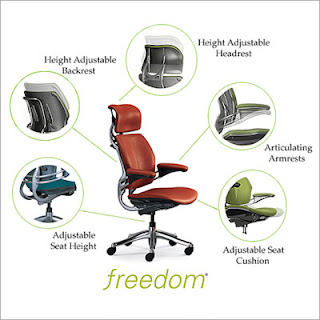Human response to color
Theories of color have long been discovered in our history. It was suggested the principles of color theory first appeared in the writings and notebook of Leone Battista Alberti (c.1435) and Leonardo da Vinci (c. 1490) respectively. Furthermore In 1666, Isaac Newton developed the Newton color circle (fig.1). He also suggested white light is a light that contain all wavelengths of the visible spectrum. From looking at those, it suggests color theory has a long history, however, do we know how color could affect our mood?
Different color holds a different meaning and in different cultures, certain color has different meaning. For example, in western cultures, the color white carries a positive connotation and it is being associated with brides, angels and peace (fig.2). In parts of the eastern culture, the meaning is completely the opposite; it is associated with funerals and death (fig.3). Some years back when I was working for an architectural firm, I remember I was involved in designing a clubhouse for a residential project in china. We incorporated a blue tint glass for the façade without knowing the full meaning of that blue tint. It was a very good lesson learnt, as the scheme was rejected by the clients. The reason being is that, the blue hue we used is actually associated to dead people. As designers, we should be more careful when incorporating different colors in our projects, as they could mean something bad in different culture, and in turn create a negative reaction to the users.
Color is closely related to temperature, color is said to be warm or cold. In respect to that, different color could be used to create a warm or cold sense to a space. A study conducted by Itten 1961, the study involved a group of people sat in rooms painted in blue and red respectively. The group in the blue room felt cold at a higher temperature when compared to the red room.
Many studies have been conducted related to our built environment to see if different color could affect human psychologically. In 1949, Moruzzi and Magoun conducted a study involving Parkinson patients. In this study, observations of the patient’s pathological conditions were recorded when they were placed in red and green rooms. The observation shows that, patient’s condition in the red room actually worsened, and in the green room the condition improved. Another study conducted by Gerrard in 1957, here brain scans were taken when the person were shown different color. The results show that red hue could increase brain activity, whereas the activity reduced with blue, green hue. Those studies are just the few from the many studies and researches. However, it is hard to determine a solid conclusion to which color actually effect human in a certain way, as some of the study showed very contrasting results. Having said that, we do know why color could impact our emotion, color stimulates the nervous activities of the hypothalamus (fig.4) -a part of the brain which controls our hormones; in turn impacts our emotions.
Reference –



















